
- Cameron Ward is the consensus top rookie quarterback: The Miami Hurricanes quarterback should be the top overall pick in the NFL draft and the top rookie quarterback selected in both redraft and dynasty drafts.
- Don’t expect him to be an immediate top-12 quarterback: While quarterbacks like Jayden Daniels have excelled as rookies, Ward’s lack of rushing production and his potential landing spots will limit his upside.
- 2025 NFL Draft season is here: Try PFF’s best-in-class Mock Draft Simulator and learn about 2025’s top prospects while trading and drafting for your favorite NFL team.
Estimated Reading Time: 5 minutes

PFF’s fantasy football player profile series delivers the most in-depth fantasy football analysis available for the 2025 season.
Using PFF’s exclusive data, we evaluate player performance, competition for touches and how teammates and coaching staffs will impact each player’s fantasy football outlook.
Last updated: 7:15 a.m. Wednesday, April 16
Click here for more draft tools:
NFL Draft Big Board | Mock Draft Simulator | NCAA Premium Stats
2025 PFF Draft Guide | Mock Draft Hub | Prospect Data Profiles
Draft Position Rankings
Player performance
Cameron Ward followed an unusual path toward the potential first overall pick of the NFL draft. He spent two seasons as the quarterback of Incarnate Word, two seasons as the quarterback of Washington State and one season at the University of Miami. His growth was substantial in recent seasons, particularly in his big-time throw rate. This led to more yards, more touchdowns and a much better PFF grade. However, his turnover-worthy play rate only improved slightly. Our draft guide notes, “he is ultra-confident, at times to a fault. His mentality could one day make him an All-Pro – if his fundamentals don’t drop him from the league entirely.”
The turnover-worthy plays, mixed with the low grades from 2022, have led Ward to a career 81.6 passing grade in the FBS. That is the second-lowest of the 11 first-round quarterbacks of the last three seasons, only ahead of Anthony Richardson. However, Ward will likely be playing from behind in many games, and his risky style could also lead to several big plays. That passing volume could be enough to make him a fantasy starter some weeks.
In general, he requires ideal situations more than most quarterbacks. His numbers are great when he’s in the pocket and there is no blitz or pressure. He struggled more than the average FBS quarterback when he was under pressure and had a fumbling problem. This is not necessarily ideal for a top pick in the draft because, by definition, the team wasn’t very good last season. The three teams with the first three picks were all in the bottom eight in pass-blocking grade last season.
Ward’s rushing upside is limited, which could impact his fantasy production — four of the top six quarterbacks reached at least 500 rushing yards last season. As Ward’s college career progressed, he ran the ball less often. The dramatic decrease in runs in his final season was due to reduced designed runs, as Miami rarely had Ward run on purpose. Ward’s scramble rate also decreased slightly each season. Compared to the other 10 quarterbacks drafted in the first round of the last two drafts or expected to be drafted in the first round of the 2025 draft, Ward had the third-lowest speed based on PFF Tracking Data.
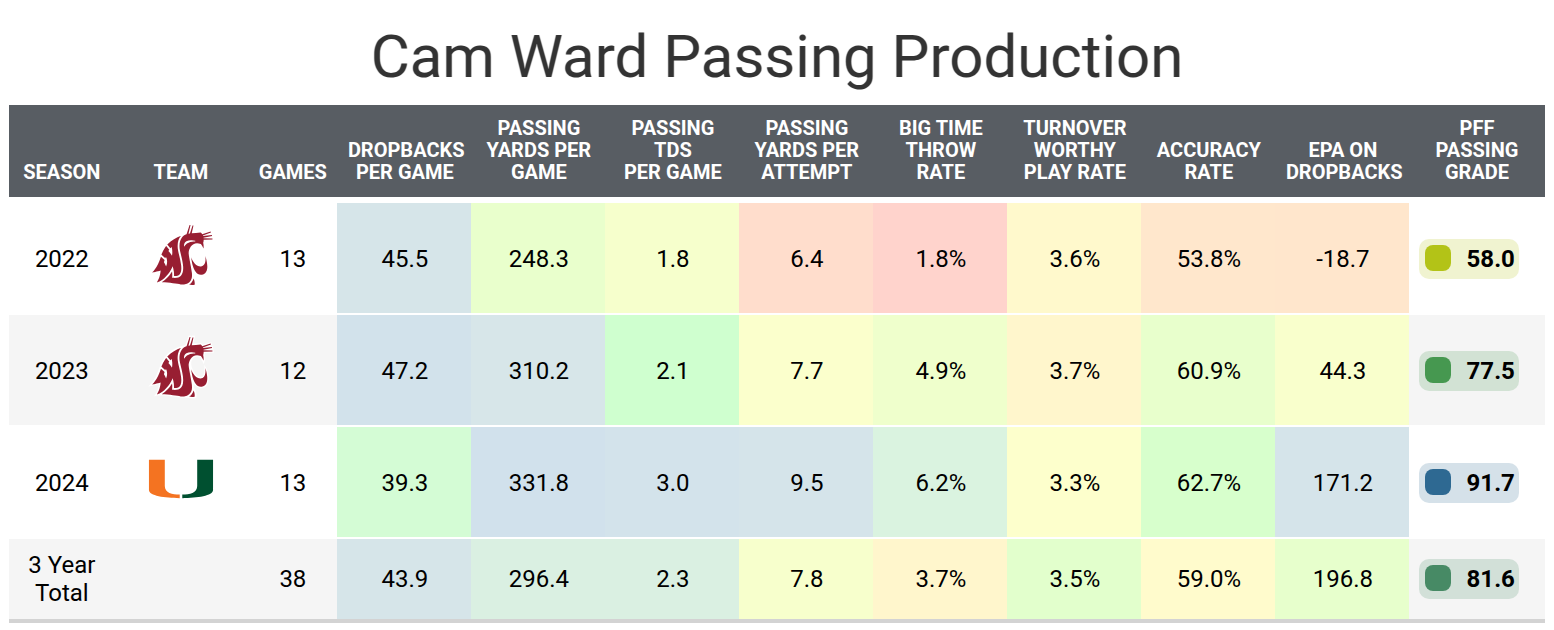
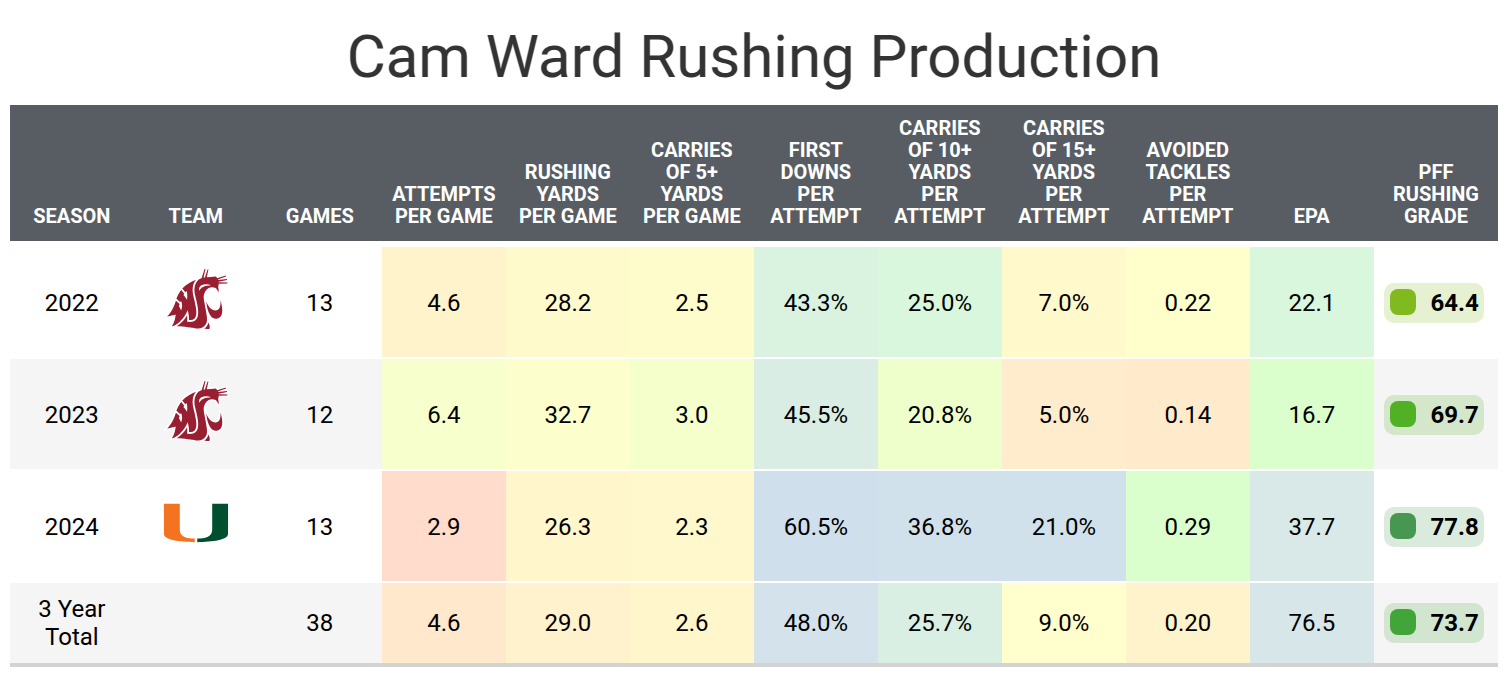
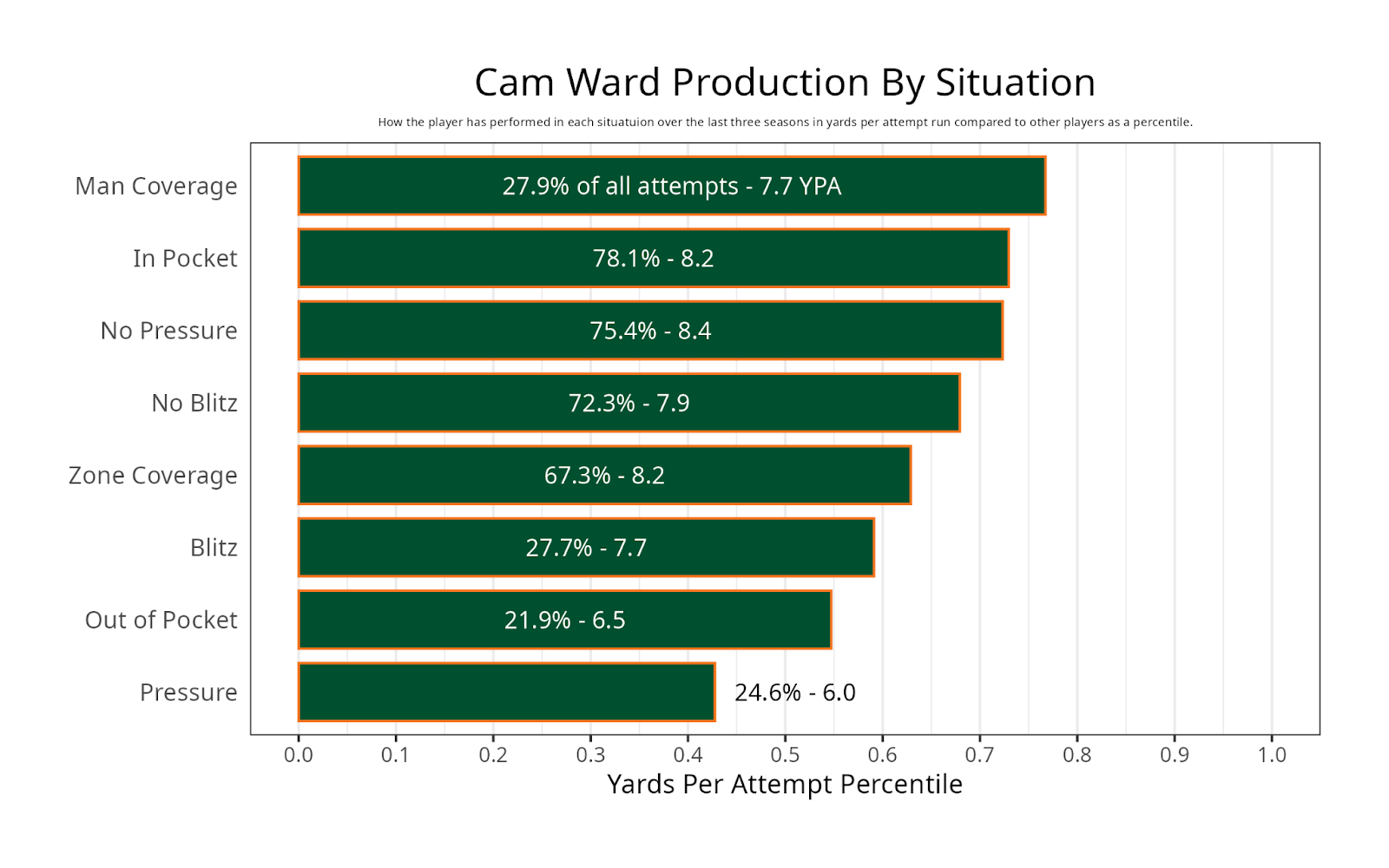
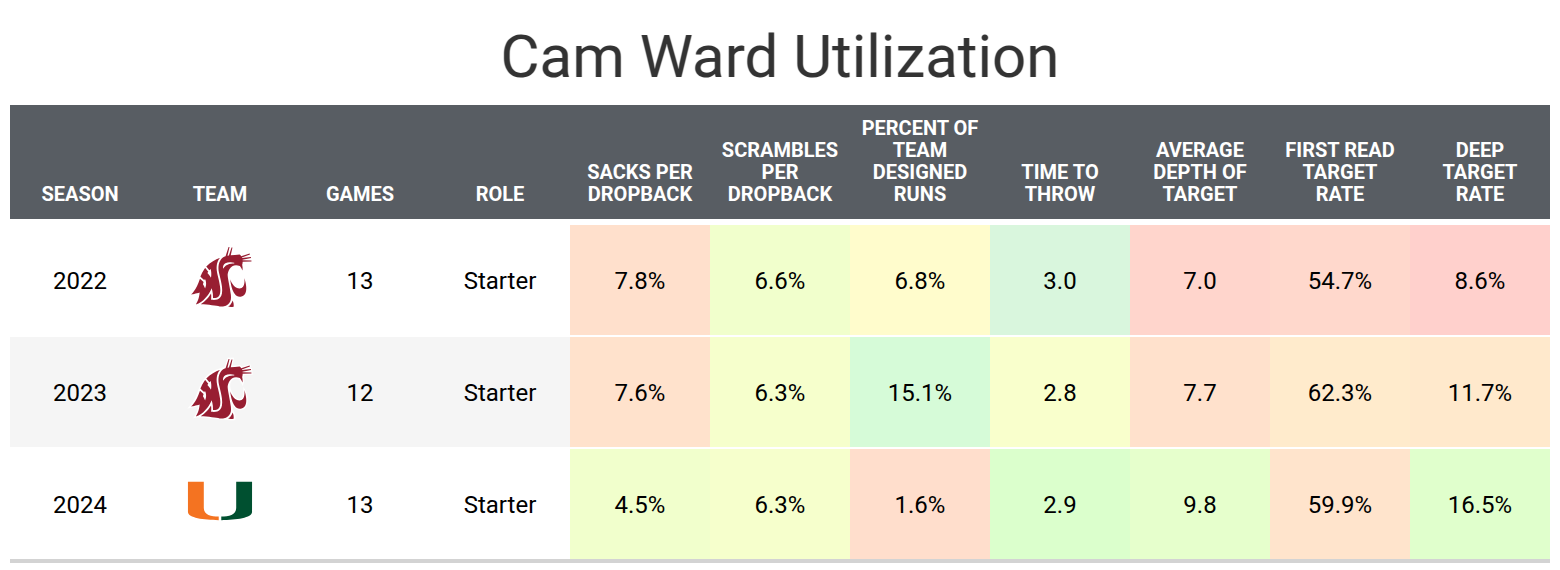
Most mocked teams
Tennessee Titans
The Titans have the first overall pick in the draft and have only swapped out Mason Rudolph for Brandon Allen. The Titans added offensive tackle Dan Moore Jr. and guard Kevin Zeitler to go along with their recent first-round picks, so ideally, the Titans line could protect Ward. Their receiving options are, unfortunately, limited beyond Calvin Ridley and Chig Okonkwo.
Cleveland Browns
Deshaun Watson is expected to miss most, if not all, of the 2025 season. Kenny Pickett is currently penciled in to be the starter. The Browns earned a 64.5 skill player team grade last season, the lowest for all teams. So far, they’ve lost Nick Chubb and Elijah Moore, traded away Amari Cooper in the middle of last season, and their only recent addition was DeAndre Carter. To pick Ward, the Browns would need to either trade up to the top spot or hope he falls to the second spot.
New York Giants
The Giants currently have the third pick in the draft, but any mock draft with the Giants selecting Ward involves a trade-up to the top spot. The Giants moved on from Daniel Jones late last season and brought in Russell Wilson and Jameis Winston. New York had the second-lowest team skill player grade, and they similarly made minimal improvements to that group in free agency. It’s possible the Giants would have Ward sit for part of the season in favor of Wilson or Winston to begin the season.
Bottom line
Ward will likely be the draft’s first pick, but fantasy expectations shouldn’t be as high for Ward as other recent picks, given the likely situation and Ward’s lack of rushing upside. There is a chance Ward could work out despite this, as C.J. Stroud did two years ago. Still, any fantasy manager wanting a young, inexperienced, high-upside quarterback late could also turn to Michael Penix Jr. or J.J. McCarthy.
Footnotes
- Statistics in tables and charts were generally chosen based on their ability to predict future fantasy performance on a per-game or per-opportunity basis or for their ability to describe the player relative to others at the same position.
- “Opportunities” are defined as passing dropbacks, rushing attempts and receiving routes run.
- Numbers are either by season or based on the past three years. For rookies, only college numbers are included. Only NFL numbers are included for non-rookies, even if they played in college during the previous three years.
- Because college competition is easier than NFL competition, most rookies will likely see a decline from their historic numbers.
- Only FBS data is considered for college players and comparisons.
- Kneel-downs are removed from rushing data to provide cleaner quarterback rushing rate statistics.
- The colors for all tables in this article range from blue (good or high) to red (bad or low).
- All percentiles or colors compare the given player to other players with a high sample of opportunities. Generally, the cut-off is one-third of the possible opportunities in the sample. If the player in question doesn’t have enough opportunities, they are still compared, even though they could look good or bad based on the small sample size, which might not be as predictive.
- Information on utilization classifications and their importance can be found here for running backs, wide receivers and tight ends.
This news was originally published on this post .







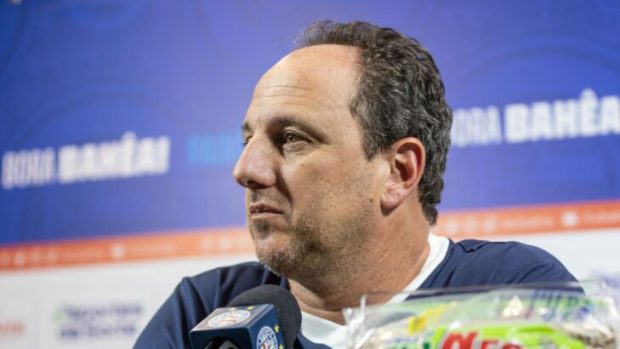



Be the first to leave a comment